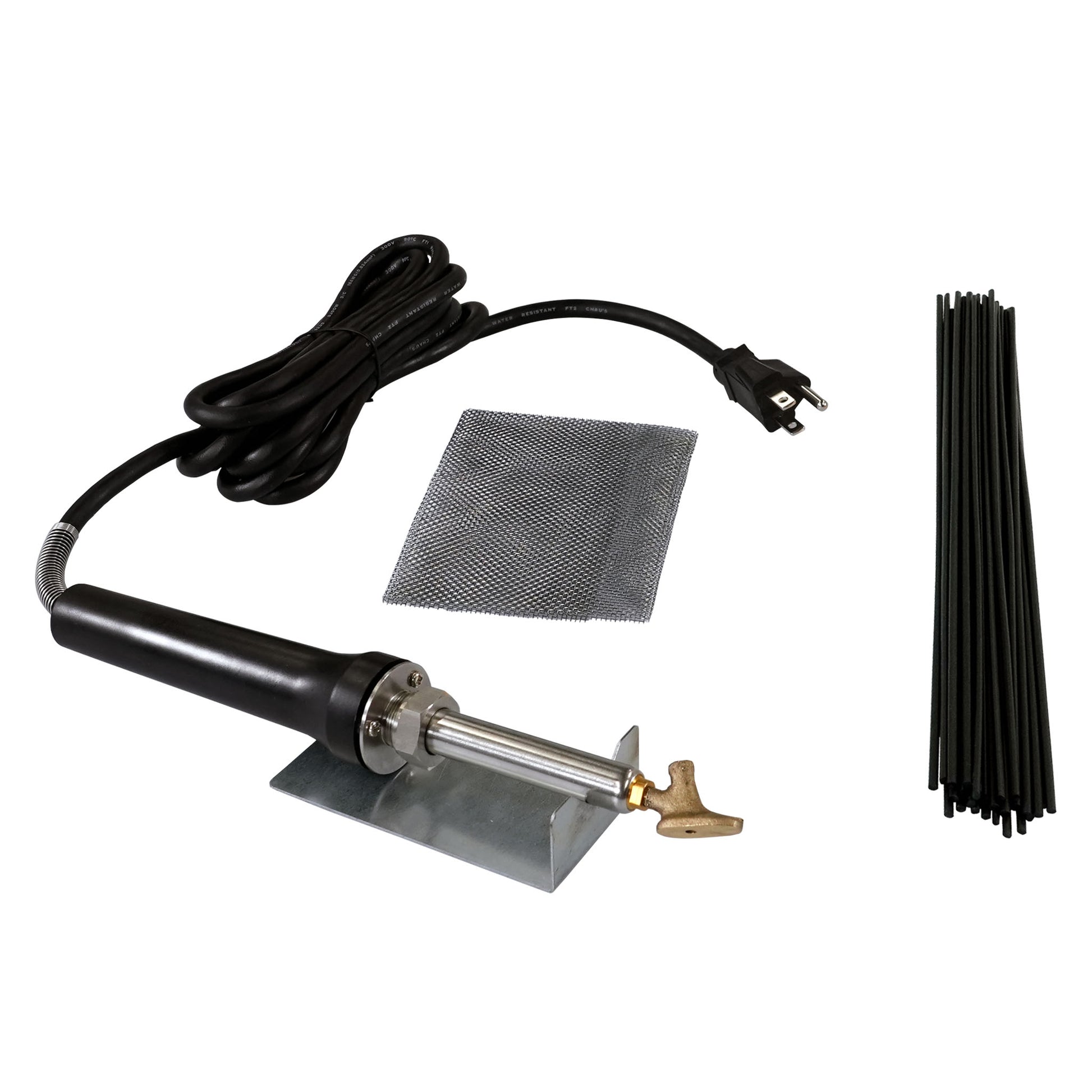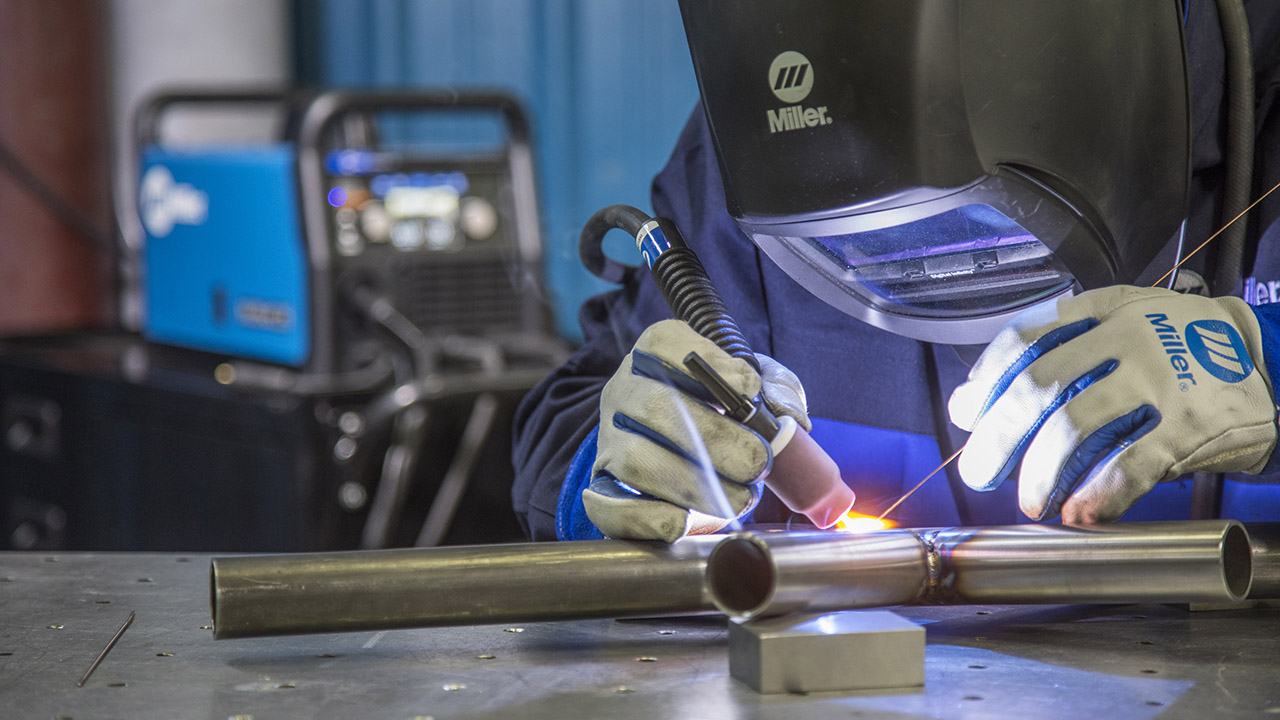Common Welding Fixing Issues and Just How to Address Them Successfully
Welding repairs typically experience a series of issues that can threaten the honesty of the final item. Usual problems include insufficient penetration, porosity, and imbalance, to name a few. Each flaw offers unique challenges that need certain approaches for resolution. Recognizing these issues is crucial for welders aiming to improve their outcomes and abilities. This discussion will explore these typical welding fixing problems and reliable methods to resolve them.
Inadequate Penetration
Inadequate penetration occurs when the weld metal stops working to completely fuse with the base product, resulting in weak joints and prospective structural failings. This concern frequently comes from inadequate heat input, wrong electrode angle, or inappropriate welding speed. Welders might encounter poor infiltration because of a miscalculation of the required parameters for a particular material thickness or type. In addition, contamination on the base product's surface area can prevent reliable bonding, exacerbating the issue. To resolve insufficient penetration, welders should ensure ideal settings on their equipment and maintain a tidy work surface. Routine examination of welds is recommended to recognize any kind of deficiencies early, permitting for timely adjustments and the prevention of endangered architectural stability in welded assemblies.
Porosity
Porosity is a common issue in bonded joints that materializes as tiny gas bubbles caught within the weld steel. This issue can endanger the integrity of the weld, resulting in minimized toughness and possible failure under anxiety. Welding. Porosity usually occurs from contamination, wetness, or improper welding strategies, which allow gases to get away into the liquified weld pool. To address porosity, welders need to guarantee proper surface prep work, preserve a tidy functioning setting, and make use of appropriate welding criteria. Furthermore, choosing the right filler product and protecting gas can alleviate gas entrapment. Regular evaluation and screening of welds can assist identify porosity early, ensuring timely rehabilitative activities are taken, consequently protecting the high quality and integrity of the welded framework
Imbalance
Imbalance in welding can develop from different variables, including incorrect arrangement and thermal development. Recognizing the source is important for efficient resolution. Several adjustment methods are readily available to straighten components and ensure structural honesty.
Root causes of Imbalance
Welding misalignment usually stems from a variety of underlying issues that can endanger structural stability. One primary reason is inappropriate fit-up of elements before welding, which can result in voids and uneven surface areas. Variants in thermal growth throughout the welding procedure can additionally cause distortion, specifically if the products being signed up with have various coefficients of development. Furthermore, insufficient fixturing and securing may stop working to hold parts firmly in position, bring about movement throughout welding. Badly conserved devices, including welding devices and tools, might present incongruities in the weld grain, more adding to misalignment. Ultimately, operator mistake, stemming from insufficient training or experience, can additionally play a substantial function in developing misaligned welds.
Modification Methods Offered
Dealing with misalignment properly requires a mix of restorative strategies tailored to the certain concerns available. One typical approach is making use of fixtures or jigs to hold elements in the appropriate placement during welding, guaranteeing regular alignment. In addition, pre-heating the products can assist decrease distortion and enhance fit-up. For considerable misalignment, mechanical realignment techniques, such as making use of hydraulic jacks or clamps, can be utilized to remedy the position before welding. Post-weld heat treatment may additionally be needed to eliminate stresses triggered by misalignment. Cautious inspection and adjustment throughout the arrangement phase can prevent misalignment issues from ending up being substantial issues, promoting a smoother welding process and boosting total structural honesty.
Distortion
Distortion is a common challenge in welding that can arise from different factors, including uneven home heating and cooling. Recognizing the sources of distortion is essential for executing effective prevention techniques. Resolving this problem not just improves structural honesty yet likewise enhances the general high quality of the weld.
Sources of Distortion
When based on the extreme warm of welding, materials usually undergo modifications that can result in distortion. This sensation mostly emerges from thermal expansion and contraction during the welding procedure. As the weld area warms up, the material expands; upon cooling, it acquires, which can develop interior stresses. On top of that, uneven heating throughout a workpiece can intensify these stresses, leading to bending or bending. The kind of material also plays a substantial duty; steels with varying thermal conductivity and coefficients of growth might react differently, causing unforeseeable distortions. Additionally, bad joint design and poor fixturing can contribute to imbalance during welding, enhancing the possibility of distortion. Understanding these reasons is necessary for effective welding fixing and prevention approaches.
Avoidance Techniques
Effective avoidance strategies for distortion during welding concentrate on managing warmth input and making sure proper joint layout. Keeping a consistent heat input assists to lessen thermal expansion and tightening, which can bring about distortion. Making use of techniques such as pre-heating the workpiece can likewise minimize the temperature level slope, promoting uniform home heating. Additionally, selecting ideal joint styles, such as T-joints or lap joints, can improve security and lower stress and anxiety concentrations. Implementing correct fixturing to secure the workpieces in position better aids in preserving placement during the welding process. Ultimately, staggered welding sequences can disperse warmth extra equally, stopping localized distortion. By applying these techniques, welders can significantly reduce the probability of distortion and improve the overall top quality of their welds.
Cracking
Fracturing is a common concern come across in welding repair work, often resulting from various factors such as inappropriate air conditioning prices, material option, or insufficient joint prep work. The event of cracks can considerably see page endanger the stability of the weld, causing possible failings during procedure. To address this issue, welders should first assess the origin, ensuring that products work and suitably picked for the details application. Additionally, managing the cooling price throughout the welding procedure is crucial; quick air conditioning can induce stress and bring about fracturing. Correct joint style and prep work additionally add to decreasing the risk. Carrying out these techniques can improve weld high quality and durability, inevitably decreasing the possibility of breaking in ended up weldments.

Incomplete Fusion
A considerable issue in welding fixings is insufficient fusion, which occurs when the weld metal does not adequately bond with the base material or previous weld passes - Montana Mobile Welding and Repair. This flaw can lead to weak points in the joint, potentially jeopardizing the honesty of the welded structure. Elements adding to incomplete combination include inadequate heat input, incorrect welding technique, and contamination of the surface areas being signed up with. To address this concern effectively, welders need to assure correct pre-weld cleansing and surface preparation, as well as change their welding criteria to attain ample infiltration and combination. Regular inspection throughout the welding process can additionally assist recognize insufficient fusion early, enabling for timely rehabilitative procedures to enhance the total high quality of the weld
Overheating
While welding repairs can boost architectural integrity, overheating presents a significant challenge that can result in product destruction. Excessive warmth throughout welding can change the mechanical properties of steels, resulting in reduced strength, increased brittleness, and warping. This phenomenon is particularly critical in high-stress applications where architectural dependability is critical. Recognizing overheating can include aesthetic assessments for discoloration or distortion, along with monitoring temperature throughout the welding procedure. To mitigate the dangers connected with getting too hot, welders ought to use ideal next methods, such as controlling warm input, adjusting travel speed, and utilizing suitable filler products. Additionally, implementing pre- and post-weld warm therapies can assist recover material residential properties and improve the general top quality of the repair, making sure lasting performance and safety.
Frequently Asked Concerns
What Are the Common Signs of a Welding Problem?

Exactly How Can I Examine My Welds for High quality?
To evaluate welds for quality, one can utilize aesthetic examinations, ultrasonic screening, and radiographic approaches. Each strategy ensures structural integrity, determines flaws, and validates adherence to specified requirements, inevitably boosting the reliability of the welded joints.
What Safety Safety Measures Should I Take While Welding?
When welding, one must focus on safety by putting on proper personal protective equipment, ensuring correct ventilation, protecting flammable materials away, preserving a tidy work area, and understanding environments to protect against crashes and injuries.
Can I Repair a Weld Without Redoing the Entire Joint?
Repairing a weld without redesigning the entire joint is possible, depending on the damages (Montana Mobile Welding and Repair Belgrade). Methods such as grinding, including filler product, or utilizing a welding process can properly deal with certain defects while maintaining the bordering framework
What Tools Are Vital for Effective Welding Repair Works?
Crucial tools for efficient welding repairs consist of a welding maker, wire brush, grinder, safety equipment, clamps, and filler materials. Each tool plays an important function in making certain quality and safety and security during the repair service process. Porosity normally emerges from contamination, dampness, or inappropriate welding methods, which enable gases to get away into the molten weld pool. Poorly maintained equipment, consisting of welding machines and devices, may introduce variances in the weld bead, additional contributing to misalignment. When subjected to the intense warm of welding, materials commonly undergo changes that can lead to distortion. Breaking is a common problem encountered in welding repair work, typically resulting from numerous aspects such as incorrect air conditioning prices, material choice, or inadequate joint prep work. A substantial issue in welding repairs is incomplete blend, which takes place when the weld metal does not appropriately bond with the base product or previous weld passes.